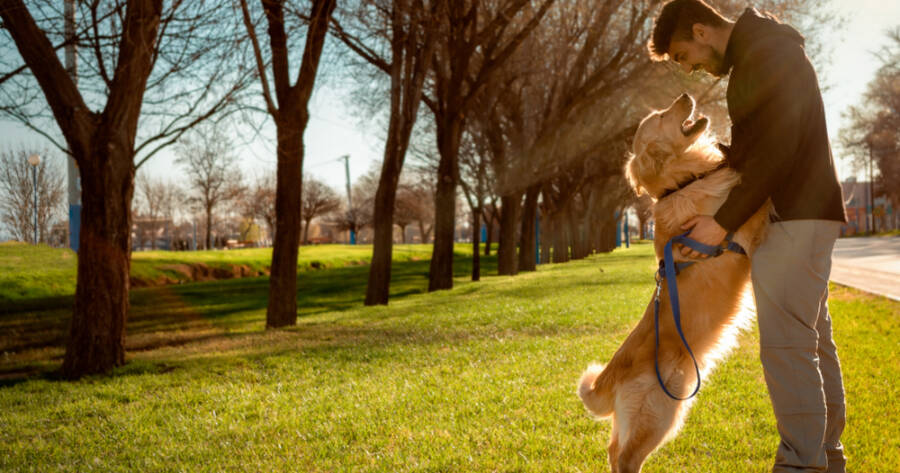A well-trained pet is not only easier to live with but also happier and more confident. Training helps pets understand boundaries, strengthens the bond between owner and animal, and prevents unwanted behaviors. Whether you have a playful puppy, a curious kitten, or an older pet needing guidance, using the right techniques can make training enjoyable and effective.
Start with Basic Commands
Every pet should learn basic commands like “sit,” “stay,” “come,” and “leave it.” These commands create a foundation for good behavior and improve communication between you and your pet. Dogs, in particular, respond well to short, clear commands paired with positive reinforcement.
Training should be consistent. Use the same words and gestures each time to avoid confusing your pet. Rewards like treats, praise, or playtime encourage them to follow commands. Start training in a quiet environment before introducing distractions, such as other animals or outdoor noises. This helps your pet focus and learn more effectively.
The Power of Positive Reinforcement
Positive reinforcement is one of the most effective training methods. This approach rewards good behavior instead of punishing bad behavior, making learning a positive experience for your pet.
For example, if your dog sits when asked, immediately give a treat and praise. If they jump on guests, instead of scolding, ignore them until they calm down and reward calm behavior. Cats respond well to positive reinforcement too, especially when training them to use scratching posts or follow commands like “come.”
Avoid harsh discipline. Yelling or physical punishment can create fear and anxiety, leading to more behavioral problems rather than solving them. Instead, redirect unwanted behavior and reward positive actions consistently.
Socialization and Exposure to New Experiences
Proper socialization helps pets feel comfortable in different environments. Introducing them to new people, animals, and places at an early age prevents fear-based behaviors later.
Take your dog on regular walks in different settings, allowing them to encounter new sights and sounds. Arrange playdates with other friendly dogs to encourage good social behavior. If you have a cat, expose them to different household experiences, such as vacuum sounds, visitors, and handling, to reduce stress in new situations.
If your pet is already nervous around new experiences, start slow. Introduce them gradually and provide positive reinforcement to build confidence. Patience and consistency are key in helping pets feel secure.
Dealing with Common Behavior Problems
Even well-trained pets can develop unwanted behaviors. Addressing these issues early prevents them from becoming long-term problems.
- Barking or meowing excessively: If your dog barks too much, identify the cause—boredom, fear, or attention-seeking. Provide mental and physical stimulation to keep them engaged. Cats may meow excessively if they’re hungry or seeking attention. Ignoring unnecessary vocalization and rewarding quiet behavior helps them learn when it’s appropriate to communicate.
- Chewing or scratching furniture: Dogs often chew when teething or bored. Providing chew toys redirects their energy. Cats scratch to mark territory and maintain claw health. Scratching posts placed in preferred areas help protect your furniture.
- Leash pulling: Many dogs get excited on walks and pull against the leash. Teaching them to walk beside you using treats and stopping when they pull can reinforce better leash manners.
Addressing behavioral issues requires patience, consistency, and understanding why the behavior occurs. Once you know the cause, you can apply the right training techniques to correct it.
Making Training a Lifelong Process
Training doesn’t stop after basic commands. Ongoing reinforcement ensures good behavior becomes a permanent habit. Regular short training sessions keep skills sharp and allow you to introduce new commands or tricks.
Even older pets benefit from continued training. It keeps their minds engaged and strengthens their bond with you. Advanced tricks, agility exercises, or interactive toys challenge them in fun ways.
Training should always be positive and rewarding. When pets enjoy the learning process, they become more eager to follow commands and behave well in different situations.
A Well-Trained Pet Means a Happier Home
Training is one of the best things you can do for your pet. It makes daily life easier, builds a stronger connection between you and your furry friend, and ensures they feel secure and confident.
With patience, consistency, and positive reinforcement, any pet can learn good manners and become a well-behaved companion for years to come.

